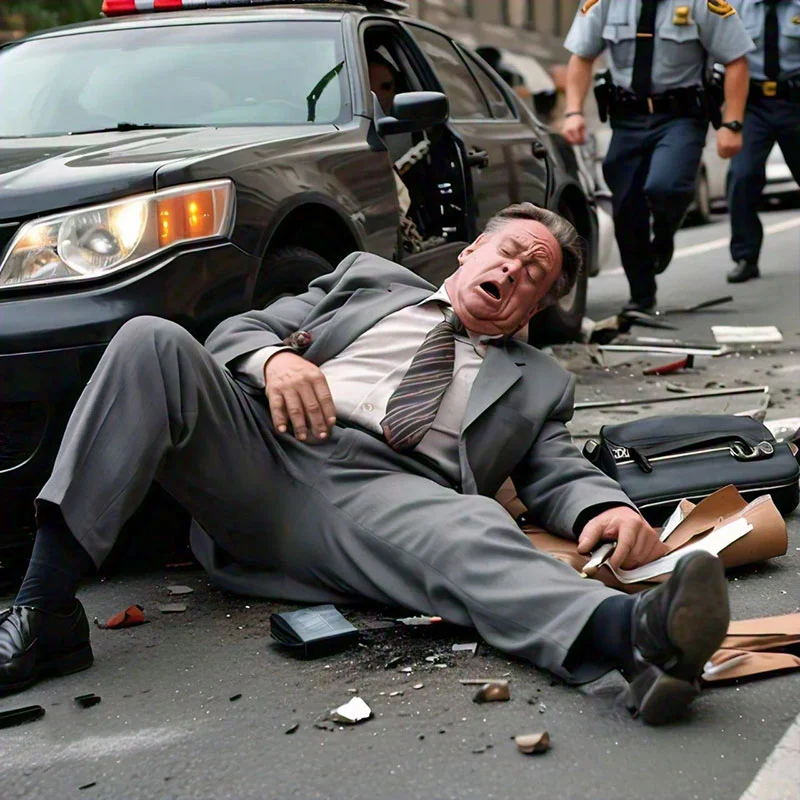What To Do After A Pedestrian Accident To Protect Your Rights
Pedestrian accidents are a common occurrence on the road. Maybe someone was on their phone and didn’t see the lights changing. Maybe they were impaired in some way. Or maybe things happened too fast and you couldn’t brake on time.
Regardless of the cause or who’s at fault, knowing how to protect your rights in pedestrian accident cases can go a long way. We’ll share with you a few tips to help you make sense of what comes next, so read on.

Ensure the Pedestrian’s Safety
Every year, around 1.2 million people die as a result of road accidents. In the US, 16-17% of total fatalities recorded between 2017-2021 were pedestrians. What this shows is that, indeed, pedestrian accidents can be a matter of life and death.
That said, your first priority should be ensuring the pedestrian’s safety. If they appear injured, call 911 for immediate medical attention. This step prioritizes their well-being and paves room for documented evidence of your actions. Getting medical assistance for pedestrian accident victims can also be a show of responsibility. It can also help support your position if there are later questions about the incident.
But as the wise put it, prevention is better than cure.
To reduce the odds of getting involved in an accident, it’d do you good to know pedestrians that are at most risk of an accident. This way, you’ll take extra care in places you’re likely to encounter them. Getting this right can help save a life and save you from potential legal headaches.
Contact the Police and File an Official Report
A police report provides an official, unbiased account of the incident. This often includes statements from both you and the pedestrian. This document can make for a strong piece of evidence if the pedestrian chooses to file a personal injury lawsuit or explores other legal options.
When the police arrive, answer their questions honestly and objectively. Describe the situation factually without trying to interpret or speculate on what happened. Let the police record the scene objectively.
A police report also establishes the time, location, and conditions of the accident, which can support your case if there are disputes about fault or circumstances later on.
Gather Evidence at the Scene
Evidence collection is very important. Photograph your vehicle, the pedestrian’s position, any traffic signs or signals, and relevant environmental factors like road conditions or lighting.
Also, try to talk to any witnesses who saw the accident. If possible, ask for their contact information and a brief statement. Their impartial view of what happened might help back up your account if there’s a disagreement about the facts.
Additionally, make a few notes on what you remember about the accident. What speed were you traveling? Were you following traffic rules? Write down these details while they’re fresh, as they could become essential if you need to recall specifics later.
Avoid Admitting Fault
Rattled? That’s normal following an accident. But in this state, you might want to say something reassuring, like, “I’m so sorry!” or “I didn’t see you!” While generally polite and civil, these statements may not work to your advantage.
Instead, they could sound like an admission of fault and can be used against you in an insurance claim or legal proceedings. Stay calm and stick to the facts when talking to the pedestrian, witnesses, or the police. Don’t unintentionally undermine your own case by making statements in the heat of the moment.
To do one better, involve a personal injury lawyer of your choice to guide you all the way through. They can help ensure your words and actions protect your rights and don’t unintentionally harm your case.
Notify Your Insurance
As soon as possible after the accident, contact your insurance company to report what happened. Your car insurance company will assign an adjuster who may request a statement, examine the police report, and investigate the accident.
An experienced personal injury attorney’s expertise can go a long way too. They can guide you on how to handle statements to your insurance company. They’ll also help investigate evidence, as well as ensure your side of the story is accurately represented. This is especially useful if the pedestrian decides to file a claim against you. There’s a higher chance of reaching a fair compensation as early in the process as possible with them by your side.
Closing Thoughts
Pedestrian accidents do happen. In some cases, practicing proper driving habits can help reduce the odds. However, if you still end up caught in one, use the tips you’ve gathered in this guide to gain control of the situation and protect your legal rights. Remember to involve your pedestrian accident lawyer in the entire process. Their input can be of great assistance during these fraught times.
